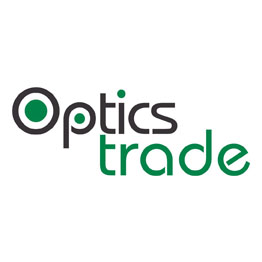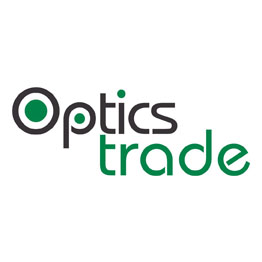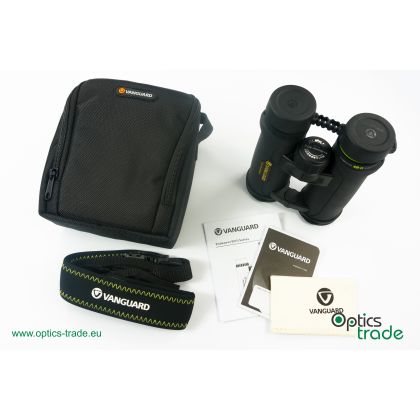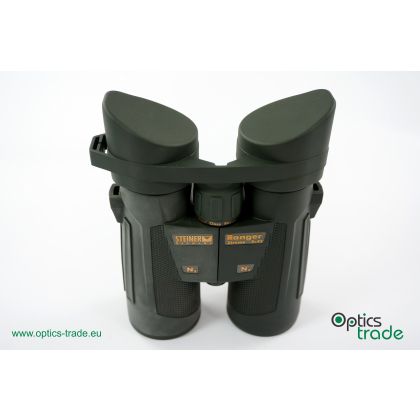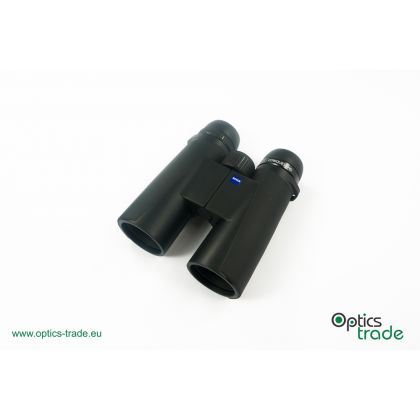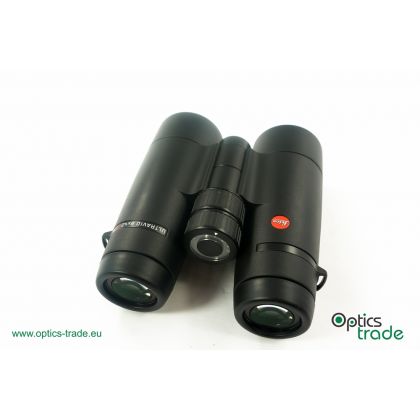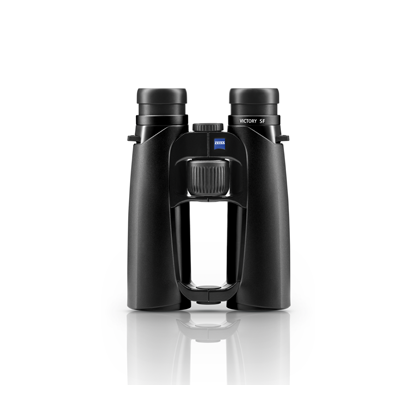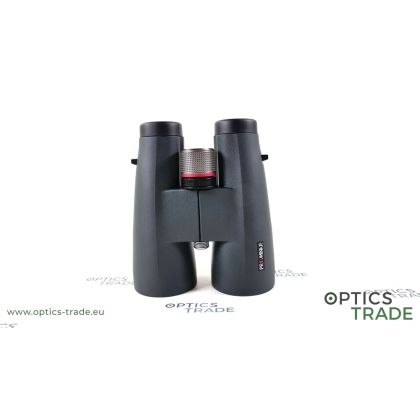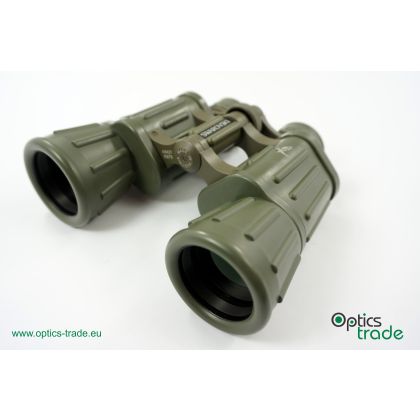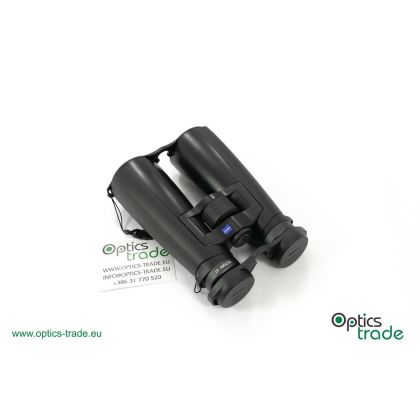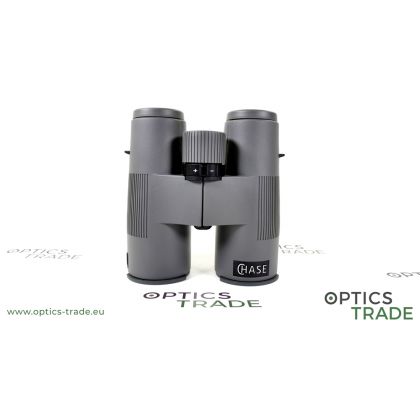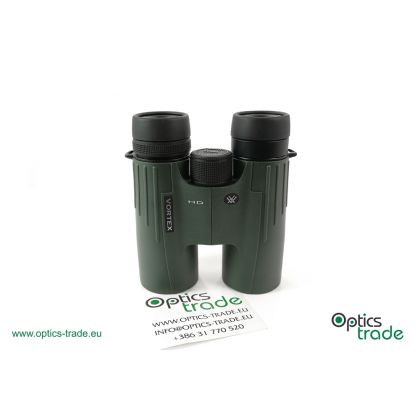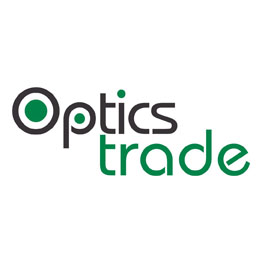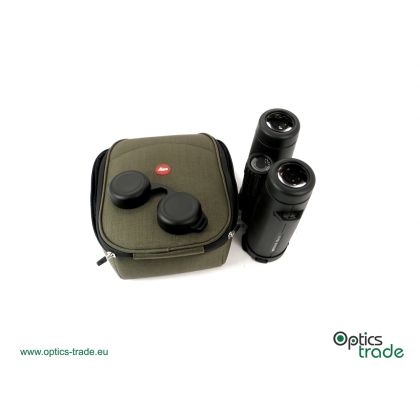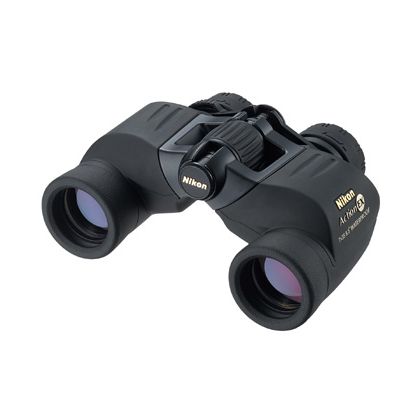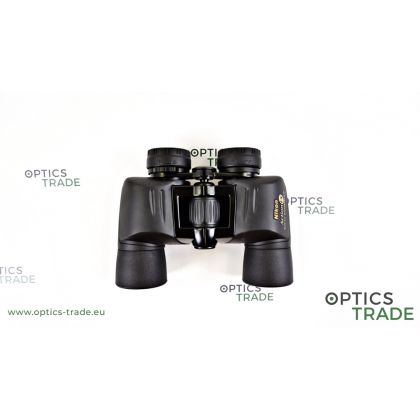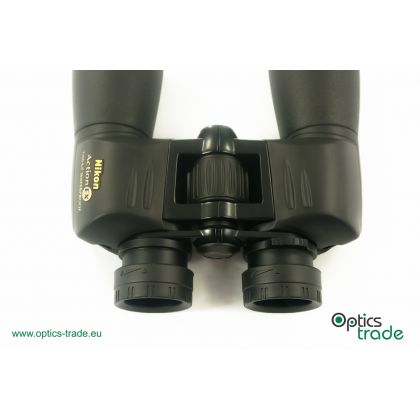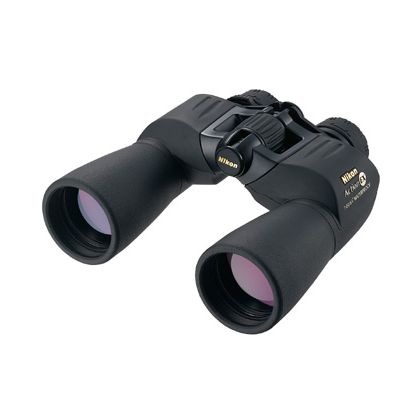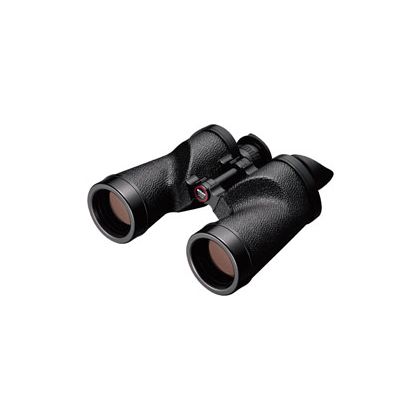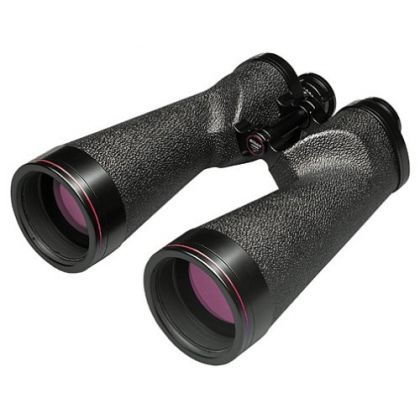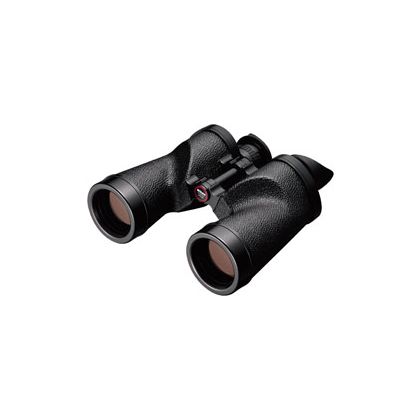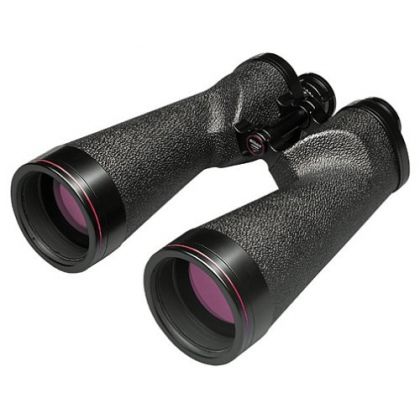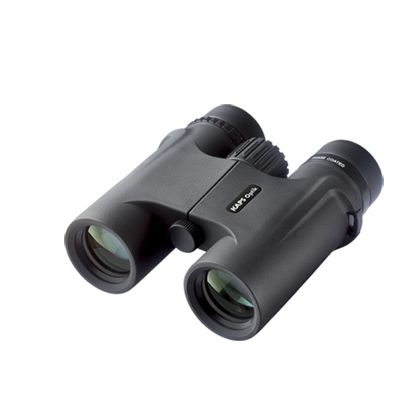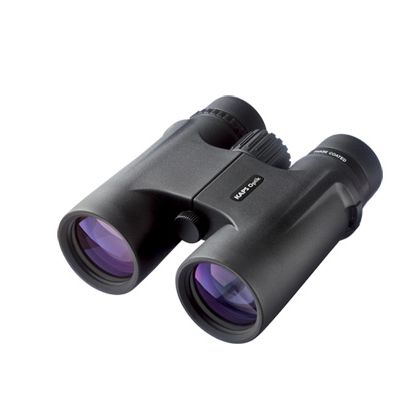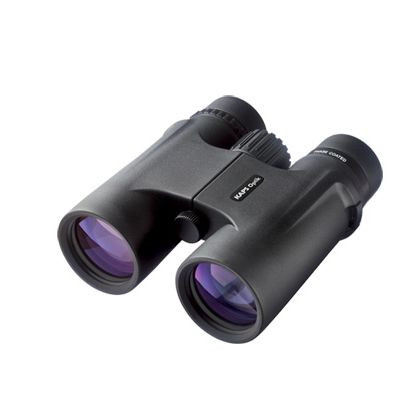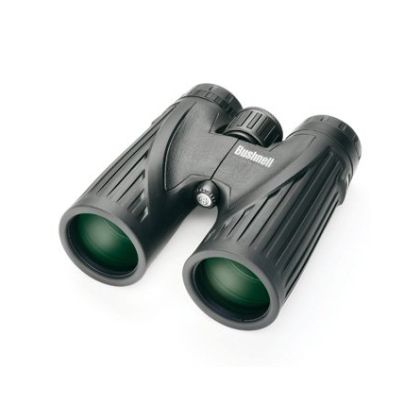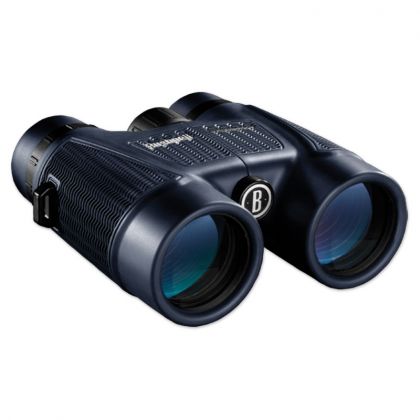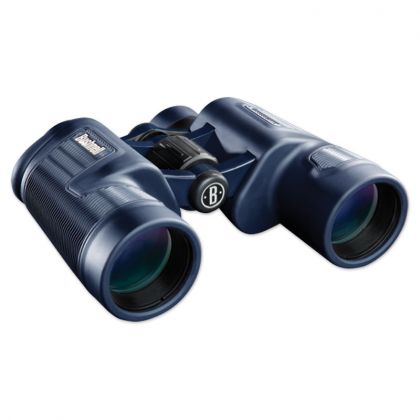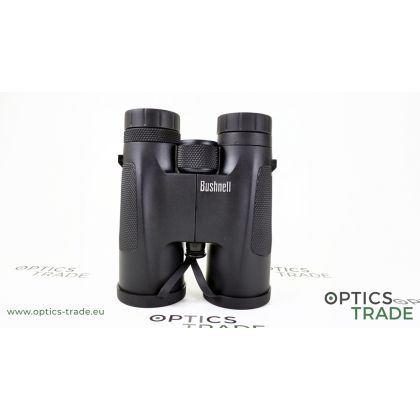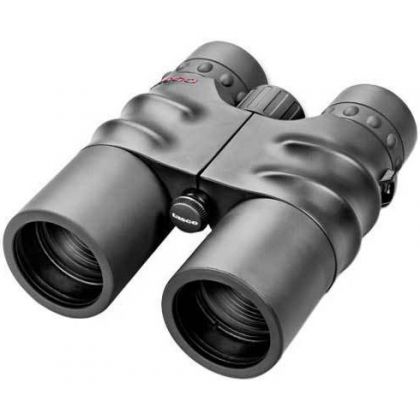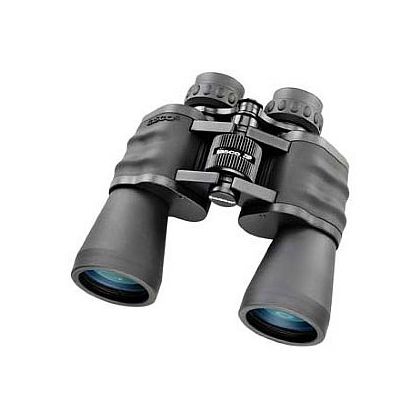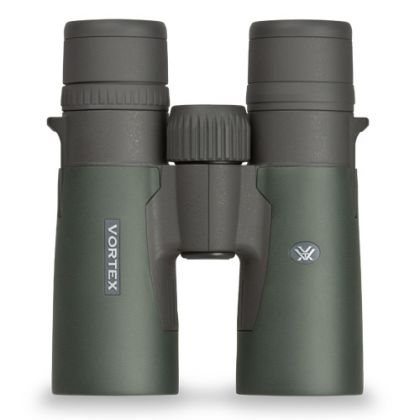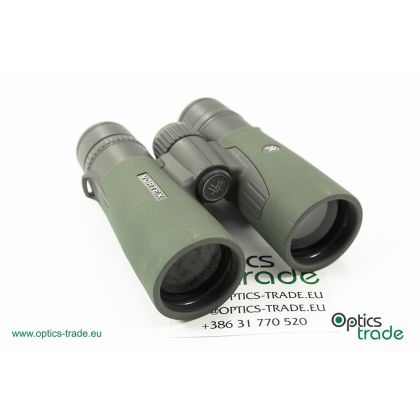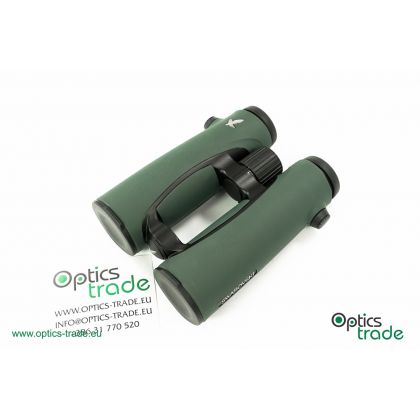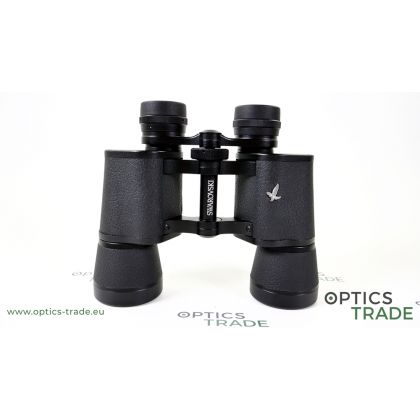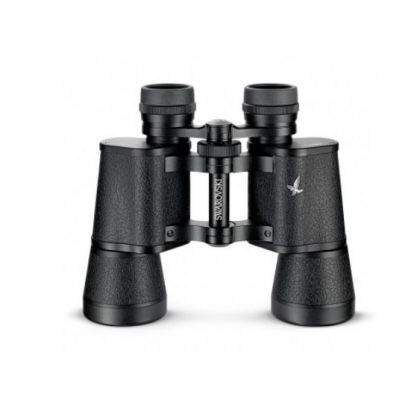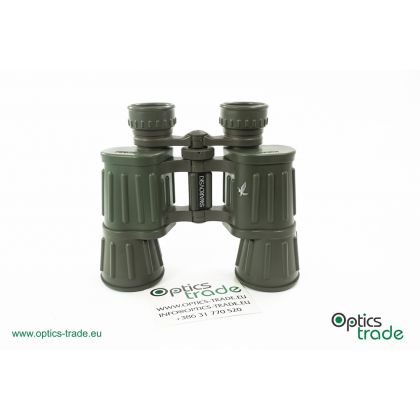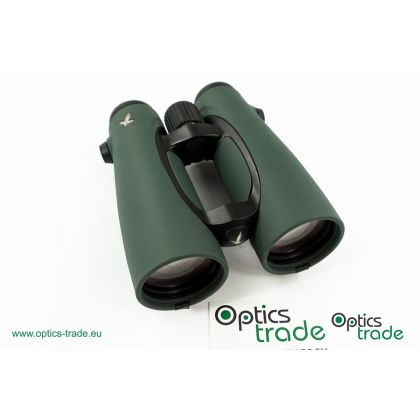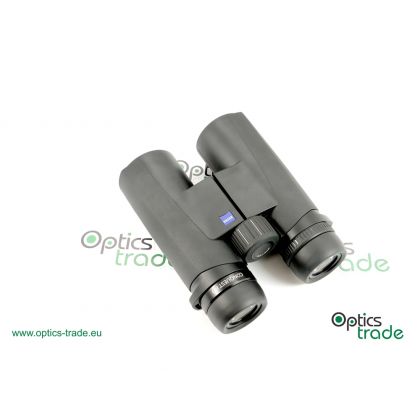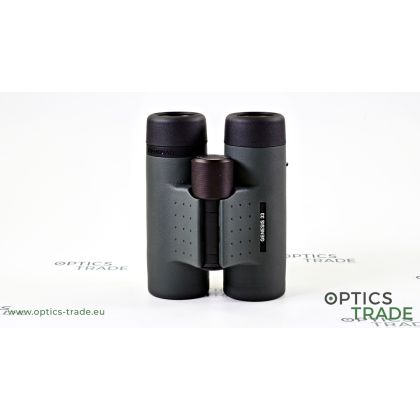Mounts
Hunting Binoculars
Sub Categories
How to Choose Hunting Binoculars
Hunting binoculars are the biggest category of binoculars and consist of the most versatile products in our store. There are many different types of hunting, and for each type, there are many different types of binoculars.
For low-light hunting, very big any heavy binoculars with big objective lens diameter and low magnifications are used. While for stalking in the mountains small, light binoculars with high magnification are used.
Since many different binoculars are included in this category, there are only a few properties that are common to all binoculars.
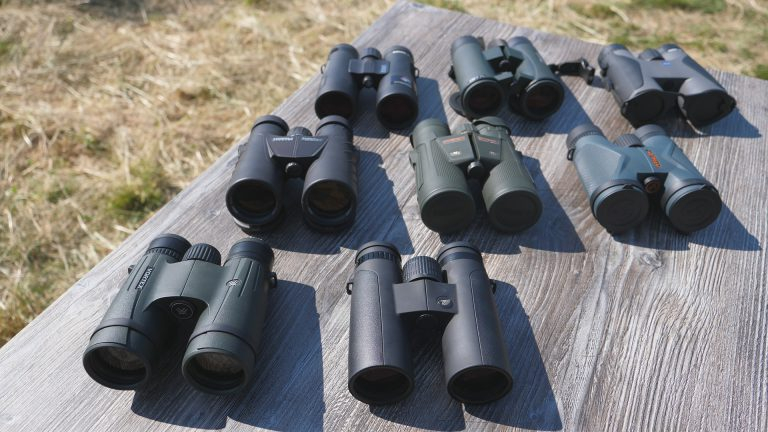
8x42 Binoculars for hunting
What Binocular Magnification is Best for Hunting?
Magnification on hunting binoculars is usually lower than 10x. Some of the most common features of hunting binoculars:
-
Fixed magnification
-
Objective lens bigger than 30mm
-
7x, 8x and 10x magnification
8x42 Binoculars for Hunting
8x42 is one of the best configurations of hunting binoculars. The 8x magnification is the ideal compromise of image magnification and the intensity of a handshake. Binoculars with a 42 mm objective lens are still compact and, at the same time, bright enough.
8x42 is the most common configuration among binoculars, therefore the competition is extremely high. Consequently, for this reason, we get the highest quality for the money we pay for the product. They are also often used by birdwatchers, not only hunters.
The 8x42 configuration is trendy because of its excellent combination between size and weight, light transmission, field of view, and useful magnification.
Interested in 8x42 Binoculars?
Binoculars for Low Light Hunting
Low light hunting binoculars are mostly used in Europe, where hunting in the dark (at dusk and dawn or at moonlight) is extremely common and popular.
Their light transmittance is very high and usually come in 7x or 8x magnification with 50 or 56 mm objective lens diameter. With a high light transmission rate and big exit pupil, they work best at dusk and dawn.
In most cases, low light binoculars feature Porro or Abbe-Koenig prisms. They are heavier and more prominent than binoculars of smaller configurations. This type of hunting-binoculars are often in the higher price range.
Low Light hunting binoculars also generally have an individual focus for each eye.
Looking for Low Light Binoculars?
Compact Binoculars for Hunting
Compact binoculars are only usable in the daylight since they do not provide a bright enough image to hunt in the twilight. Compact hunting binoculars are small in size, which means they are very light. The hunter can easily carry them around its neck. Small size and weight are significant. In most cases, hunters use compact binoculars for mountain hunting in the daylight.
Compact binoculars have the largest field of view among all binoculars. For the best hunting experience, we recommend binoculars that are small in size and have an 8x42 configuration.
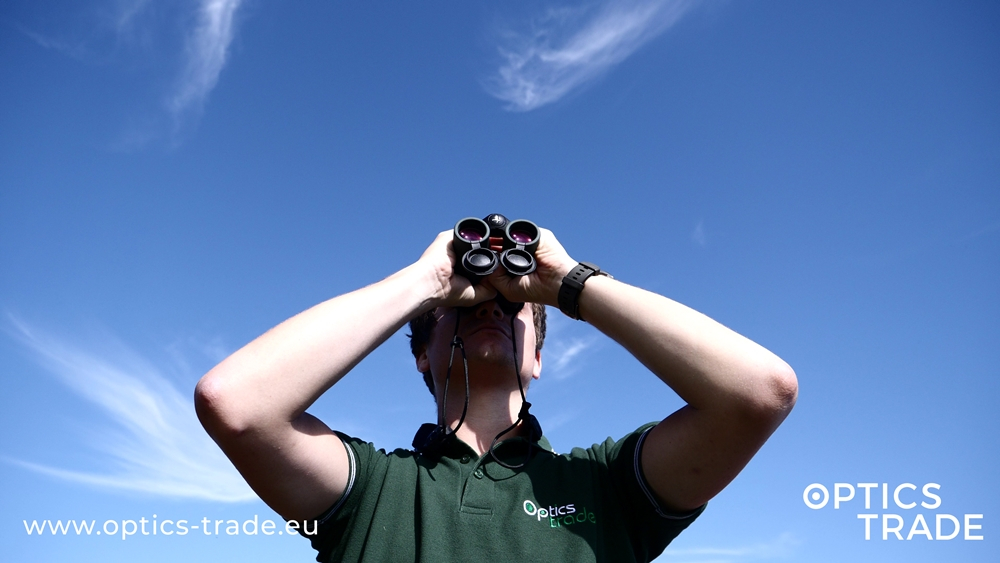
Compact Binoculars for hunting
Interested in Compact Binoculars?
10x42 Binoculars for Stalking
-
10x42 are similar to 8x42 because the offer of the latter is also huge; they both have a good ratio between price and quality.
-
10x42 are less bright than 8x42 but offer better details and resolution.
-
They are very suitable for hunting in the mountains and generally for hunting in the bright daytime.
-
This configuration is also the most common choice of birdwatchers.
Magnification higher than 10x is not recommended for hunting because the shaking of the hands is too noticeable. In the last years, the 10x50 binoculars started to become trendy.
This configuration behaves better in low light situations than 10x42 binoculars. But the user has to take into consideration that 10x50 binoculars are heavier and therefore not very suitable for stalking in the mountains.
Integrated Laser Rangefinder
Binoculars with an integrated laser rangefinder are useful for determining distances. In the past, they were produced only by premium European brands, but now they are also available by other less-known manufacturers.
These binoculars are an excellent tool for hunting and shooting on longer distances. They are usually much more expensive than similar binoculars without the LRF option.
The great advantage is that everything is integrated into one device.
Roof Prism Hunting Binoculars
Roof prisms are very common in hunting binoculars category. All roof prism binoculars have a central focusing system. This type of binoculars is much more compact than binoculars that feature Porro prisms.
The most commonly used type of Roof prism is Schmidt Pechan type.
-
Premium and also low-priced binoculars use Schmidt Pechan prisms.
-
This type of prism is the smallest and the lightest one, meaning that binoculars using it are short.

Binoculars with Schmidt Pechan Pisms
Abbe-Koening Prism Hunting Binoculars
Abbe-Koening prisms are not used very often.
-
Binoculars with Abbe-Koening prisms provide bright images.
-
Producing binoculars with Abbe-Koning prisms is more expensive.
-
These binoculars are more massive and longer in size.
-
Until recently, only Zeiss was manufacturing them, but now many companies have their series of binoculars with Abee-Koening prisms.
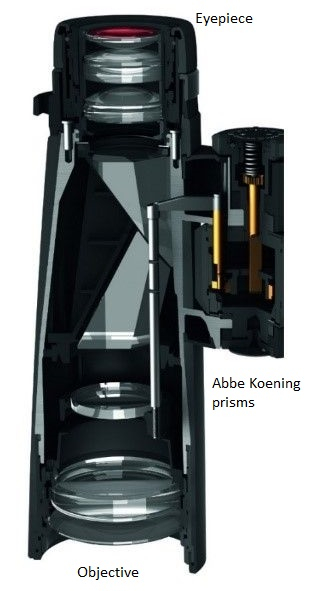
Binoculars with Abbe Koenig Prisms
Porro Prism Hunting Binoculars
Porro prism binoculars were more popular in the past. Today, production has remained only for those who are explicitly meant for hunting in low light conditions. They usually have an individual focusing system (on each eye separately).
Although they are no longer widespread, some exceptions are still very popular:
Protection Against Rough Weather Conditions
During hunting, binoculars are exposed to harsh weather conditions on many occasions. Cold, rain, snow, and impacts are some difficulties which hunting binoculars have to endure.
Only Marine binoculars are exposed to similar hard conditions and can compare to hunting-binoculars in this matter. All binoculars for hunting are waterproof and filled with nitrogen or argon. Nitrogen and argon prevent dew from accumulating at the sudden temperature changes.
Many of the hunting binoculars have a thick rubber armor. The most premium binoculars have a housing made of magnesium, which provides maximal protection.
Most of these types of binoculars have fully-multi coated lenses, but only the most premium brands also offer special protective coatings on external lenses.
Best Hunting Binoculars
It is hard to say which are the best binoculars for hunting since the decision depends on the purpose.
Binoculars that are great for stalking do not perform well in low light conditions. The user needs to know for what kind of use he/she needs the binoculars.
There are many binoculars on the market that a saying "Jack of all trades, master of none" applies to. It is crucial to choose binoculars that are best for its user needs.
There is no denying that some established European companies (Zeiss, Leica, Swarovski) produce the best binoculars and currently dominate the market.
But there are also some manufacturers in the middle price range that provide good quality binoculars for more affordable prices.
A short presentation of Hunting Binoculars is available here.
Video presentations of Hunting Binoculars
Short Presentation | Hunting Binoculars | Optics Trade from Optics-Trade
Filters
Sort
Filters
Sort

